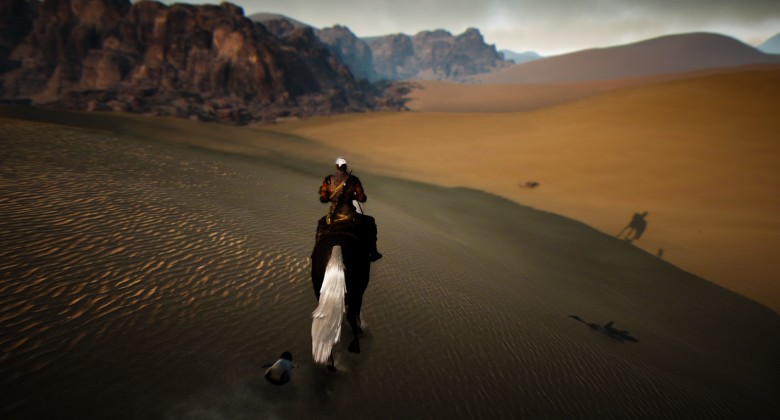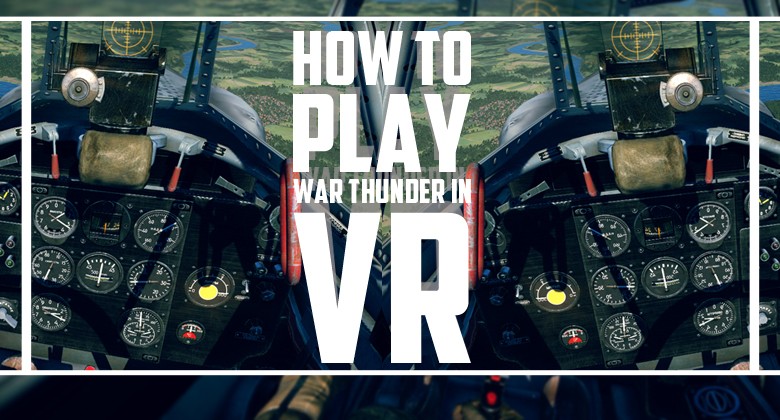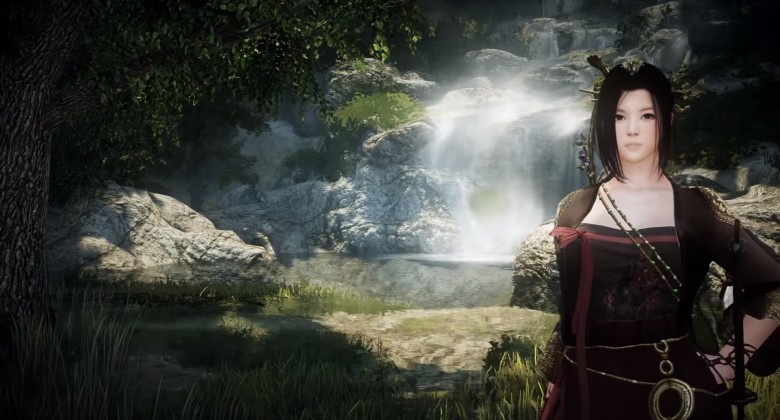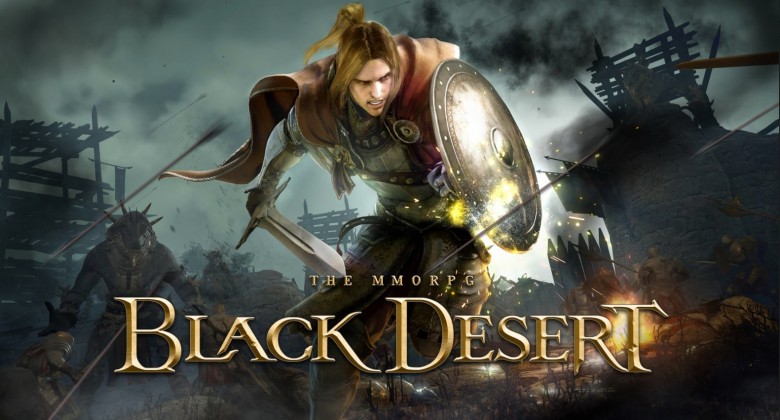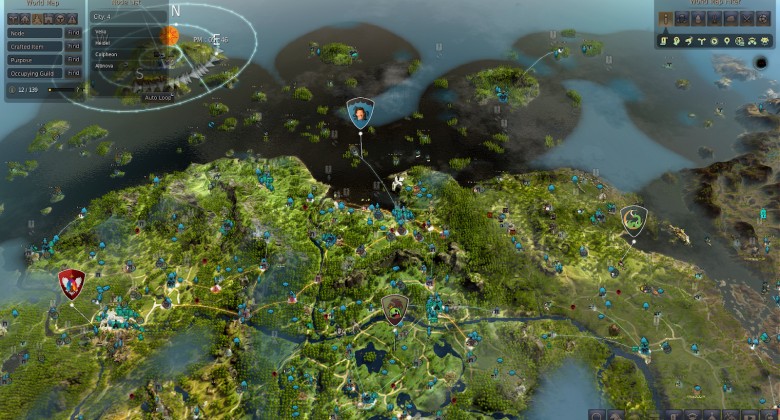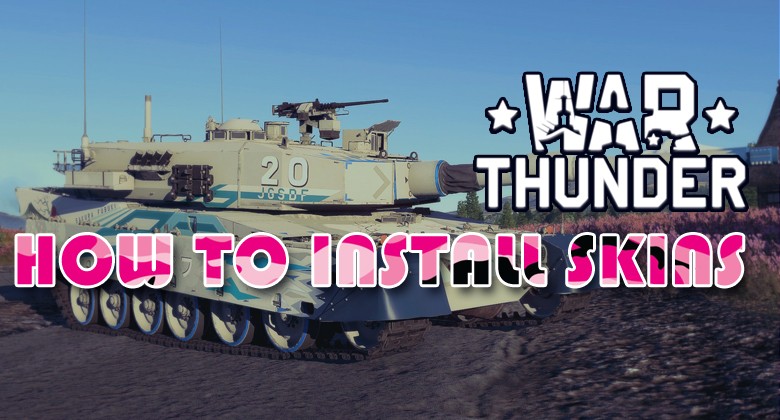Black Desert Online: Beginners Node Guide
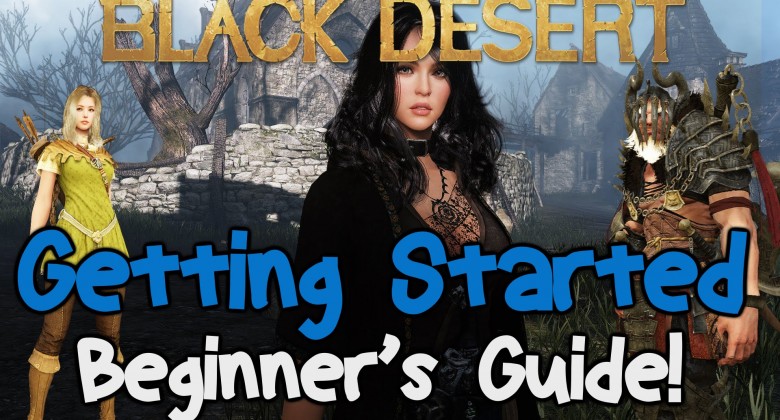
Black Desert Online is a big game. A really big game, in fact. I’ve outlined in previous articles some of the key concepts that are important for new users, as well as how to quickly reach level 56. However, the game really only opens up once you reach that level. Although following the main questline (Black Spirit quests) will give you a good understanding of the basics, some of the more complex aspects need further explanation. One such aspect is how Nodes work in Black Desert Online.
Nodes are one of the underlying concepts of BDO. They act as hubs in the game, allowing players to invest contribution points for bonuses and the chance to farm resources. They allow for a farming and trade empires to be formed. Workers can be assigned to certain Nodes, whilst some will give boons to item drop rates. However, figuring out how to make the most of them can be confusing. The game isn’t always apparent about how to best utilize this system. In this guide, we’ll look at how Nodes work, the different types of Nodes available, and how to make the most out of them. Welcome to your Black Desert Online beginners guide to Nodes.
Nodes give the ability to lodge and use workers, increase item drop rates, and form trade routes.
What Are Nodes?
First things first, let’s define exactly what Nodes are in Black Desert Online. Put simply, they are locations on the world map that you can invest contribution points (CP) into. If you invest CP into two adjacent Nodes, they will then become linked, forming a trade route. Investing CP and energy points into Nodes can earn you special benefits such as money, game items, various buffs, access to trade routes, and help with amity. There are a huge number of Nodes in the game, too many to feasibly invest in all of them. This means you have to carefully choose the route through which your Node network runs (more on this later).
There are currently two types of Nodes in BDO. The first is Adventure or Location Nodes. These are, not surprisingly, specific to the many locations on the game’s map. They can be accessed by speaking to the Node Manager NPC in the region, who will give you access to the Node investment options. The second type of Node is a Resource Node. Each Resource Node is affiliated with a Location Node, and unlocking the Location Node gives you access to invest in the resources there. Once you’ve invested in both, you can assign workers to farm for materials. We’ll cover each type of node in more detail, below.
The Node Network in Black Desert allows players to connect various areas for trade and crafting.
How to Connect Nodes
Creating a network of connected Nodes is fairly straightforward, once you know how. Start with a city or town node as these are automatically activated without requiring any CP. From here, you can work your way outwards to discover more Nodes. As mentioned above, you will have to talk to the Node Manager NPC to activate a Node. I’ve mentioned in previous posts how much of a fan I am of the Black Desert Online map, and it’s just as useful here as it ever is. Nodes that can be connected will have a white line showing the connection. This turns yellow once you’ve invested CP into the node.
To invest in a Node and unlock its full potential, speak with the Node Manager and select Node Management. This will bring up the map with node and trade information overlaid. You will be able to view the different Nodes that are connected to the one you’re currently at. Information about the area will also be displayed, such as the associated Trade Manager, territory, country, occupying guild, and amount of CP that is required to invest in it. To activate or connect the Node, simply click on the Invest button. It should also be noted that if you have the Value Pack buff activated, you can also invest your CP directly from the world map. It costs 10 energy points for each investment and you have to have visited the Node location first.
Node Managers allow players to view and invest in areas using the Node Management option.
Why Should You Activate and Connect Nodes?
There are many in-game benefits for activating and connecting Nodes in Black Desert Online. They’re essential for creating trade routes, creating crafted trade crates, employing workers, and farming for resources. You can also invest energy into a node to increase the drop rate of items in the area. You can level a particular area up as high as level 10, which will give you a +50% item drop rate (increasing in increments of 5% per level). It should be noted that contribution points can be recovered once you have invested them, but energy points cannot be.
To retrieve your contribution points from a Node, you need to open the map and select the node. There is a Contribution Withdraw option on each particular area. However, you cannot withdraw CP from a Node that is in the middle of a chain. You also have to uninvest in the associated sub Nodes before you can withdraw your CP. Upon withdrawing your contribution, you will lose all of the node levels and energy you invested.
On Adventure Nodes
Adventure Nodes, also known as Location or Main Nodes, are the primary points that you can interact with. There’s a variety of different types, and we’ll explore each in turn. To discover these, you usually have to visit the Node Manager first. It can be tricky to find them sometimes, but usually, their position is indicated on the map. Once you’ve discovered a Node Manager, you can automatically navigate back to them using the NPC Finder option at the top left of the UI.
Connection, Town, City, Gateway, Trade, and Danger Nodes each have their own symbol.
Here is the list of the different types of Nodes you can discover in Black Desert Online:
Town
Indicated by an icon featuring a house, Town is one of the main hubs of the network, along with cities. To invest in an associated area and farm its resources, you must first have discovered the town or city it’s attached to. You usually don’t have to invest CP to unlock the benefits of a town or city, and there is a range of benefits that investing energy brings. For example, lowering the starting interest and favor of the town’s NPCs. Towns and cities allow you to house workers who will farm the land of attached Nodes.
Gateway
As the name suggests, these areas (marked with a gateway icon) allow you to connect different areas of the game. They’re often expensive to invest in compared to other Nodes, but are essential when creating a complex trade route.
Connection
Not only do these points on the map allow you to connect your empire, they also offer the chance to produce goods and gain item drop buffs. They are marked by a diverging arrow symbol.
Danger
Once again, the name is a major clue as to what you’ll find here, as is the big warning logo. These are areas that are in the middle of a battlefield or monster-infested area. It’s worth trying to find them though, as investing CP gives you access to resources, whilst investing energy gives you a buff on item drops.
City
We’ve mostly covered the features of a city in the Town Nodes section, but there are some extra benefits of the city. Essentially, they offer more lodging for your workers. This is essential once you start building your trade empire.
Trading Post
The final type of area you can uncover is trading posts. They’ve very similar to Connection Nodes in terms of function. Even the logo looks fairly similar.
On Production Nodes
Production or Resource Nodes are essential if you want to start making serious money in Black Desert Online. As you can probably tell by the names, they are the areas from which you can extract resources or produce a profit. We’ll cover exactly how workers and Nodes combine further down, but for now here are the types of production Nodes available to invest in:
Production Nodes allow players to farm, mine and invest various resources by investing CP.
Farming
Farming Nodes allow you to gather starches and grains, as well as some other foods. Starches and grains are particularly important as it allows you to gather the materials needed to make beer. Why is beer so important? Well, your army of workers can survive entirely on beer alone. Crafting beer is also a good way to level up your cooking skills early on.
Mining
There are a variety of ores, as well as some precious by-products, that can be gathered from mining areas. Ore is always in demand on the marketplace, as crafters use it to create armor and weapons. There are many Nodes around starting areas that have a good return on CP investment.
Forestry
The forest areas of the game give you the chance to farm for timber. This is another material that has a high value, even in its raw state. It’s a good material to craft into trade packs, and essential for boat crafting. Processing it is a useful way of increasing your processing skill.
Investment
Not to be confused with the CP investment, these are essentially banking Nodes. You can invest your gold bars here for a chance at earning interest. However, it’s hard to make any serious money through this method unless you’re an already established player.
There are a couple other Nodes worth mentioning briefly. There are excavation points, which allow you to uncover ‘Traces’ items for use in crafting. Fish Drying Yard areas are useful for those players with an interest in cooking.
Investing and Levelling Up
We’ve already covered some of the basics of investing in Nodes, but we’ll go into more detail here. As has been established, CP is required to invest in Nodes. The higher level the area, the more CP you’ll need to invest. This obviously means there’s a limit to what you can invest in, depending on how many contribution points you have. It’s therefore wise to choose your Nodes carefully. There are some useful documents that show both the required CP and yield for every node in the game.
You can use Energy to increase the drop rate of items in the area surrounding Nodes.
When it comes to leveling up a particular area, you’ll want to spend your energy points to increase the item drop rate. Below is a table that demonstrates how much experience you need to reach each level, and how that improves the drop rate:
| Energy Needed | Level of Node | Item Drop Rate Increase |
| 0 | 1 | +5% |
| 100 | 2 | +10% |
| 200 | 3 | +15% |
| 400 | 4 | +20% |
| 650 | 5 | +25% |
| 1000 | 6 | +30% |
| 1400 | 7 | +35% |
| 1900 | 8 | +40% |
| 2500 | 9 | +45% |
| 3200 | 10 | +50% |
To further clarify how this mechanic works, the level 10 node would provide a +50% higher item drop rate for every 10% of mobs killed. Therefore, if a drop rate for a mob is normally 0.1%, a level 10 node would give an increased drop rate of 0.15% for 1 in every 10 of those mobs. With this in mind, the merits of energy required versus the in-game gains could be argued.
Using Nodes for Trade
Trade is another important aspect of BDO once you reach the higher levels. There are multiple benefits that you can experience if you successfully set up a trade route. So, how do you set up a trade route in Black Desert Online? The answer is surprisingly simple. Connecting two Nodes (via CP, as outlined above) that have Trade Managers will create a trade route. This means that you can purchase a trade item from one Trade Manager, and transport it along the trade route to sell to another Trade Manager.
You can buy and sell trade items without connecting Nodes. However, you’re pretty much guaranteed to lose money without first connecting the Nodes. This is because you can only receive 30% of the initial value unless you have a string of connected Nodes. You also receive a bonus based on distance, provided the whole network is connected. Prices of trade goods fluctuate almost daily, so it’s a pursuit that can be hit or miss depending on your trade skill level. However, trading is a good way of increasing this skill, as well as increasing your stamina. This is because you have to carry trade packs on your back to start with, slowing you down.
The trade menu shows you available products you can trade in and their prices. Connected Nodes give you a much higher price.
Workers and Nodes
In addition to creating trade routes, Nodes are primarily used to employ workers. Much like the rest of this game, workers and farming could have a guide unto itself. For now, I’ll just cover some of the basics of how this system works. To extract the resources of the land, workers are required. These can be hired from Work Supervisor NPCs that are found in towns and cities. Visit the supervisor and click Contract Workers to be assigned a worker. To hire said worker, you will need one lodging space in the town or city that the node you intend on farming is connected to.
Once you have your worker(s), you can visit the Node Manager next to the node in which you have invested. Clicking on the Node Management button will bring up the map, and you will see the various resources your worker can start gathering. You will need to invest some CP to tap this resource, and then you can set your worker to gathering. Workers will store the fruits of their labor in the place where they lodge. You can only have one worker per node, and there is a whole system dedicated to leveling up workers and maximizing the resources gathered from a particular node.
Hired workers are used to farm the various resources associated with Nodes.
Creating a Node Empire
With the Node system in Black Desert Online, it’s possible to create an entire network of interconnected areas that generate a massive amount of passive income. You can also somewhat tailor this network to your goals within the game. I could create another entire guide on the best areas to farm, Nodes to invest in, and routes to trade along. That’s how in-depth this game in.
The key is to get started. You’ll soon learn the most effective way of utilizing Nodes to suit your gameplay style. You can slowly expand your empire once you’re more familiar with the game and all the associated mechanics. Increasing your contribution points is perhaps the most important aspect early on, as that will limit how many Nodes you can invest in. Understanding farming, processing, and trading are also important, so be sure to check out guides for each of those.
Node networks can be created to start your trade empire. In this case, Calpheon to Velia is routed out (in yellow).
Black Desert Online Node Guide: Summary
Hopefully, you now have a good understanding of one of the most important aspects in Black Desert Online. Whether you’re just starting out with the game, or you’ve just reached the higher levels, having a good understanding of this subject can bring many benefits. As we’ve seen, there are various types of Nodes that fit into two categories; location and production. Each has their uses, but they are used in conjunction. With this system, it’s possible to create an empire of workers and trade, and generate large amounts of passive income.
Nodes require investment, so increasing your contribution points and energy points will help you make the most out of the system. To trade between two areas effectively, you need to create a route of connected Nodes, by visiting Node Managers and investing your CP. Workers can be employed via the Work Supervisors found in towns and cities. These workers can then be put to task gathering various resources. With these fundamentals in mind, you should be set to start exploring and investing in the world of Black Desert Online.

